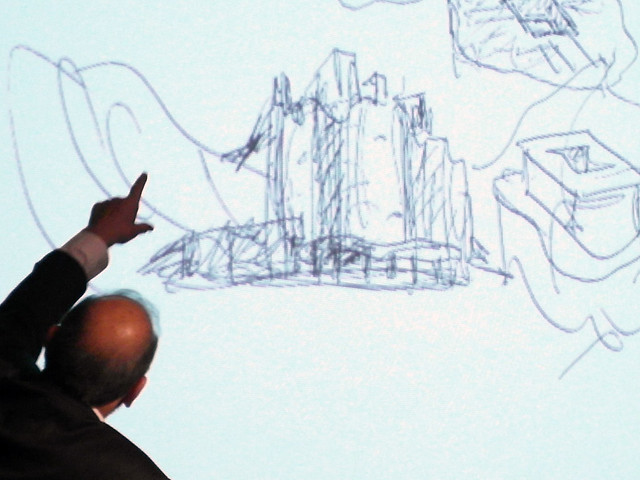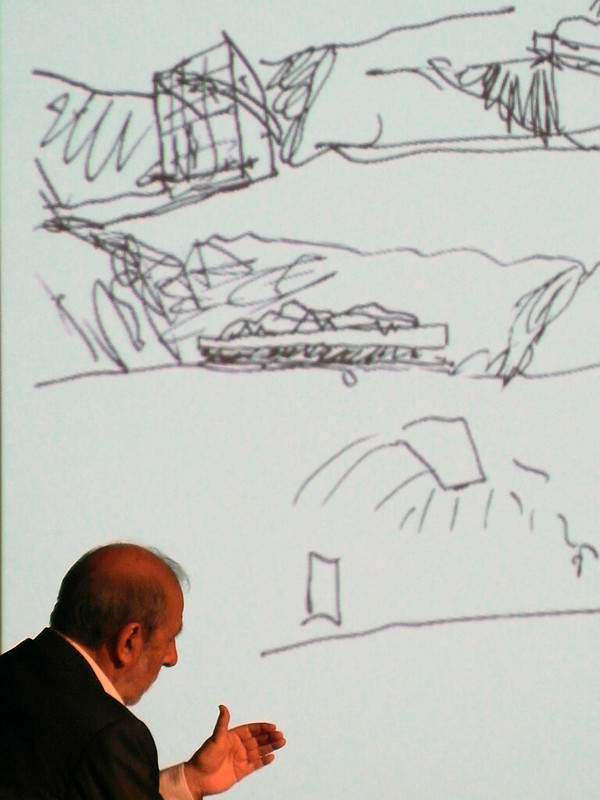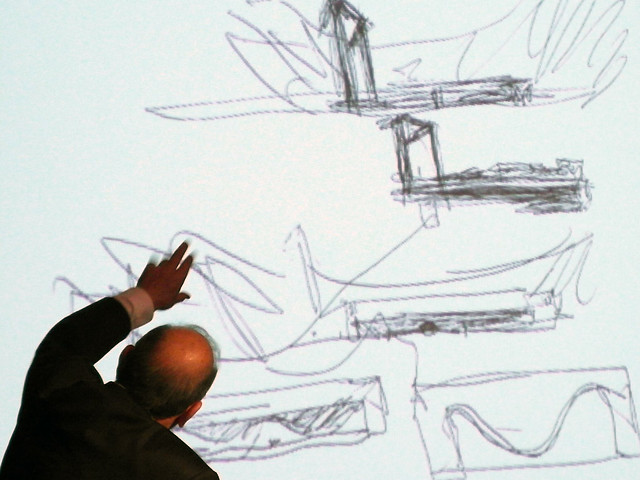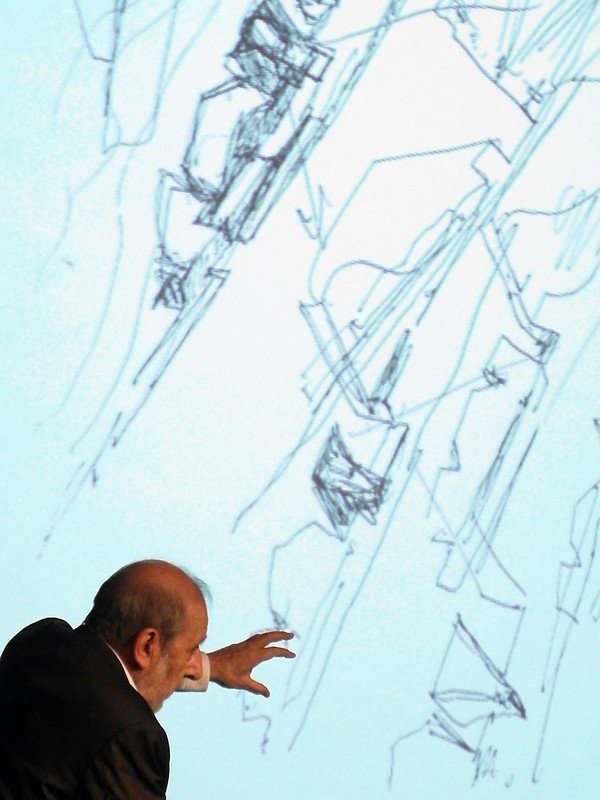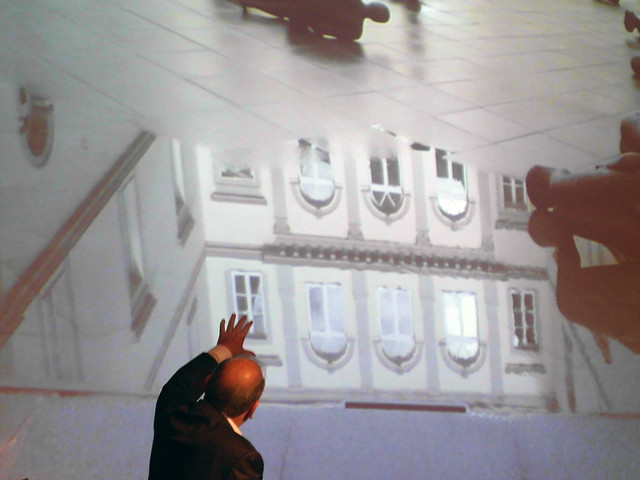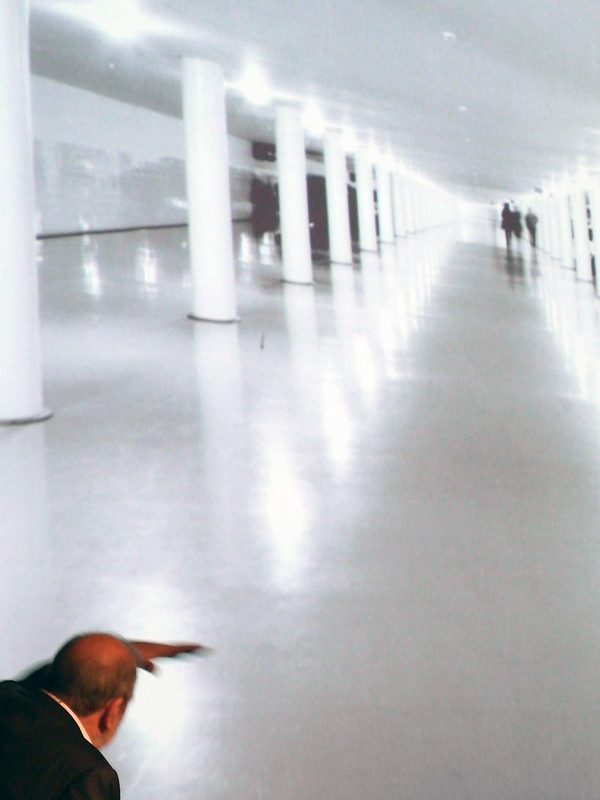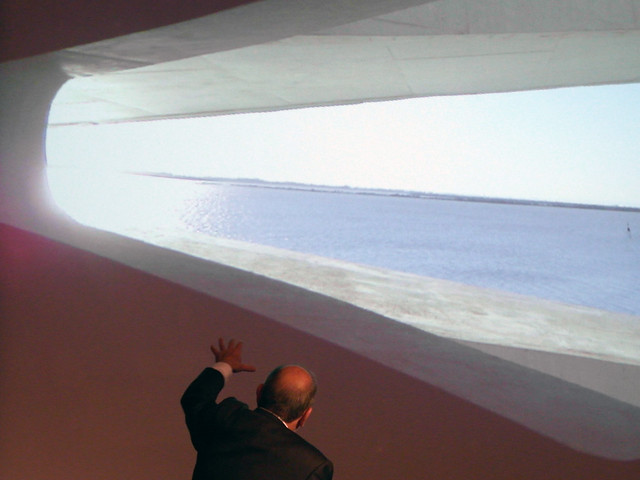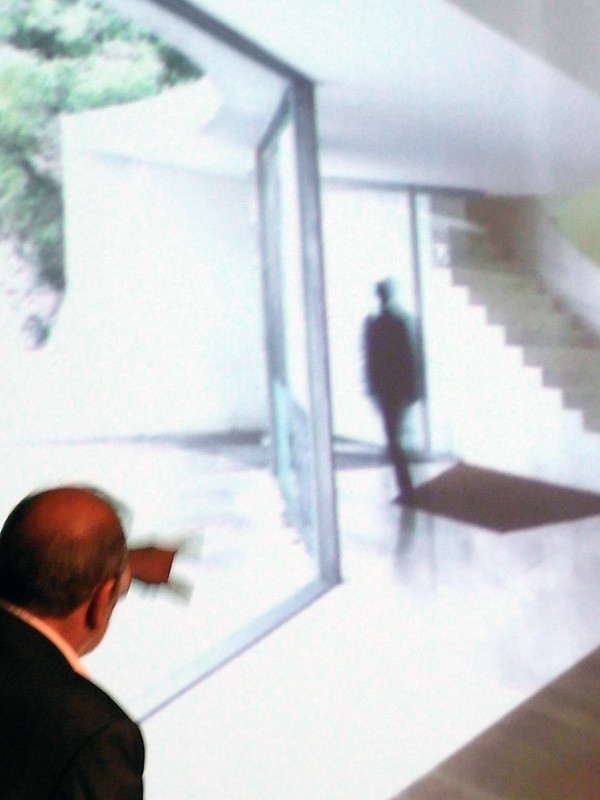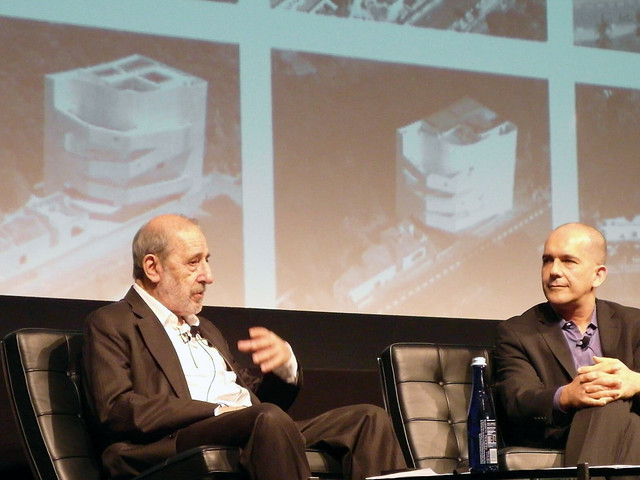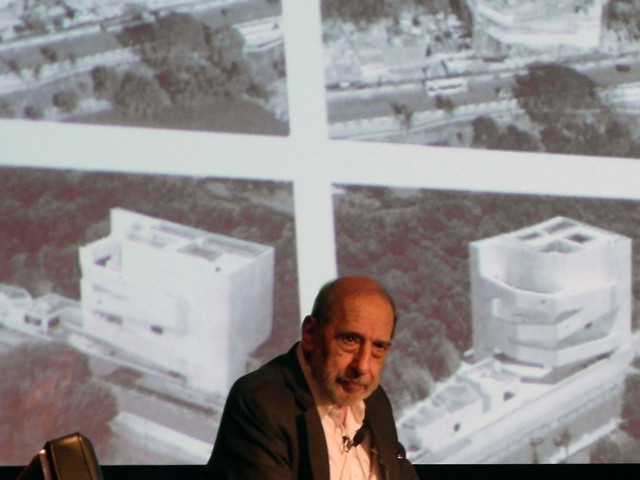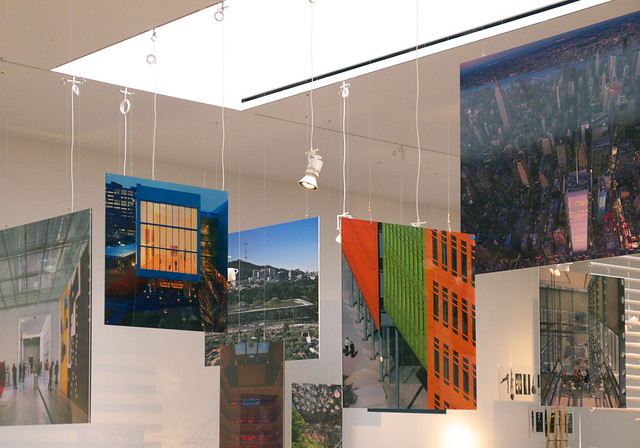
In a summer of must-see architecture exhibitions (specifically I'm referring to Le Corbusier at MoMA), there is one more, at the Gagosian Gallery on West 21st Street: Renzo Piano Building Workshop: Fragments, which runs until August 2. I stopped by on Thursday for the opening reception.

Twenty-four tables document the same number of projects in the large skylit space, with even more models and photos overhead.
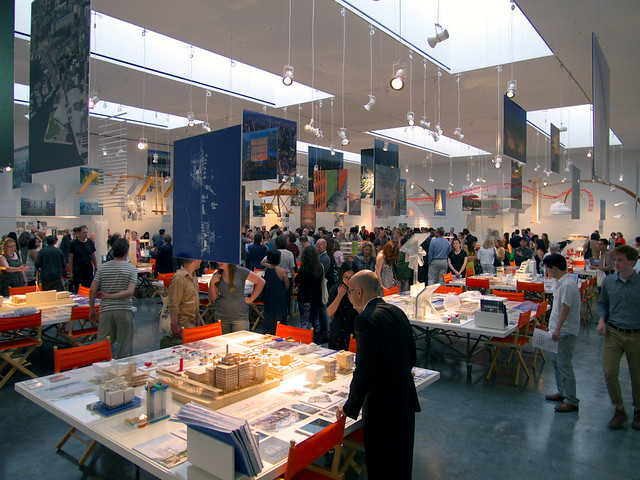
The opening reception was the least ideal time to visit the exhibition and get immersed in any of the projects, be it the Pompidou, the Tjibaou Cultural Center, the New York Times Building, or one of the in-progress projects on display. The large numbers of people just accentuated the sheer quantity of models, drawings, photos, books, and other objects on display, while making it impossible to sit down and examine the materials.
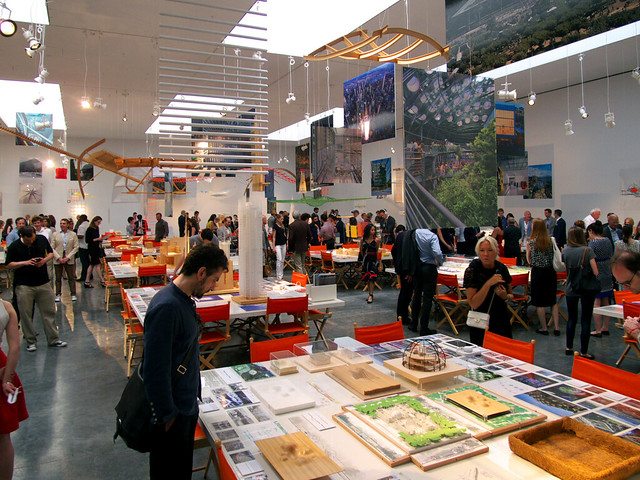
The exhibition has been done before in slightly different form as early as 2003, but this iteration coincides with the halfway point of construction on Piano's Whitney Museum of American Art a few blocks south in the Meatpacking District; a hard hat tour of the building was hosted by the Whitney and Mr. Piano the day before the Gagosian opening.
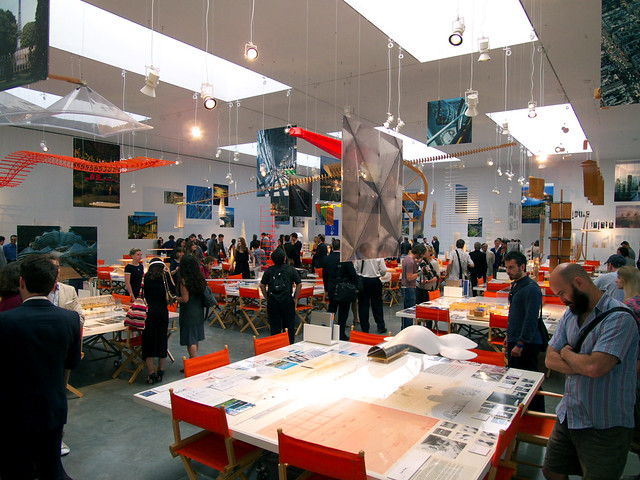
My short visit to the Gagosian before heading to Long Island City for the MoMA PS1 unveiling will be the first of at least a couple more; Piano's show requires numerous visits to really take in the thorough documentation presented. No wonder each table is served by eight chairs for sitting down to take a closer look at the projects.
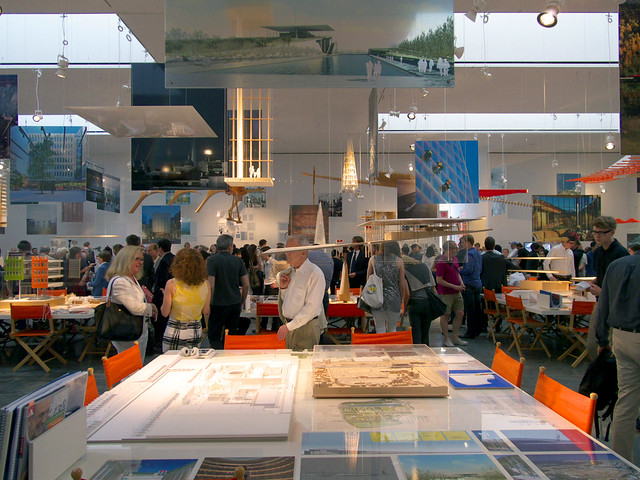
While very few architects are deserving of such a treatment, if every architect thought of their process being displayed in a similar manner they would probably take more care in the sketches, models, and other pieces that make up the interim steps toward realizing a project. Or at the very least they wouldn't throw away the napkin sketch that seemed so important at the time but whose significance faded over time. Fragments expresses that each piece is an important part of the whole.
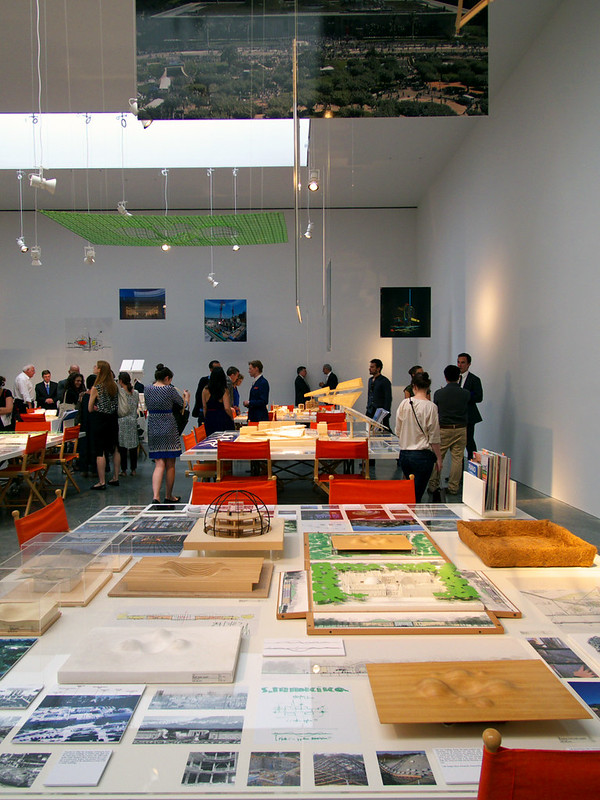
Whatever you do, go see this show—but make sure you do it when you have a couple hours free.
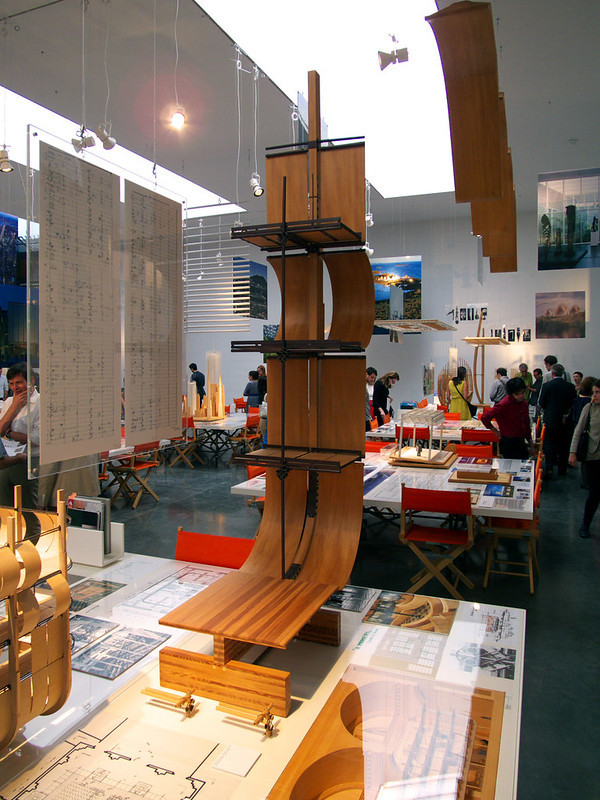
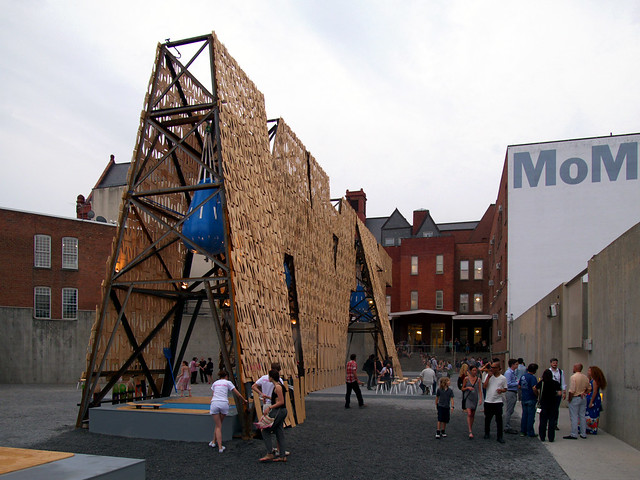
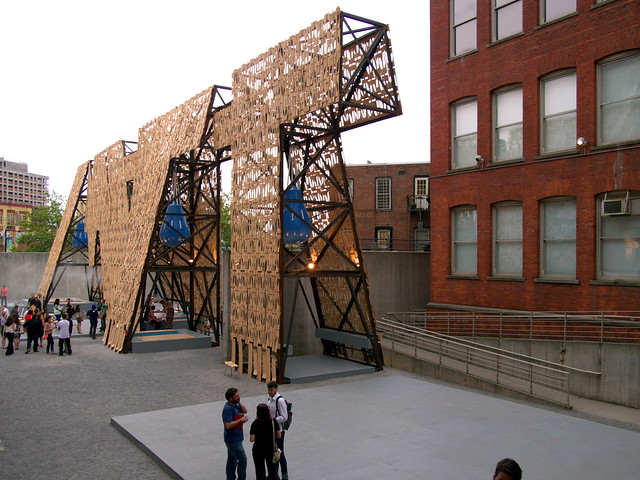
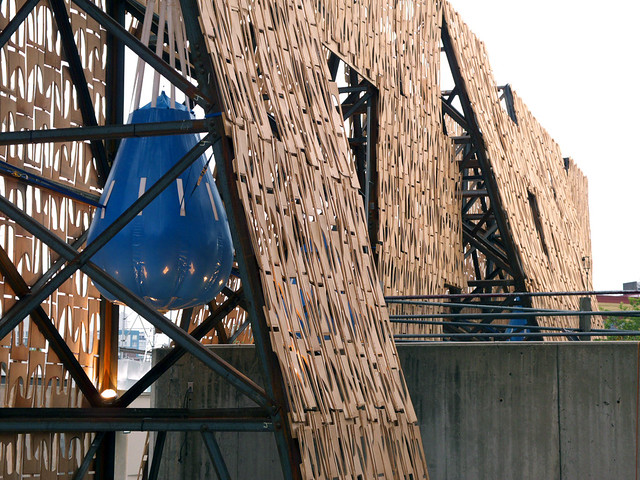
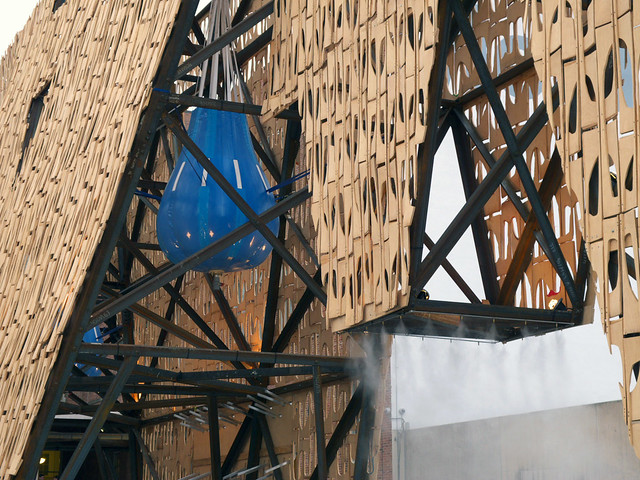
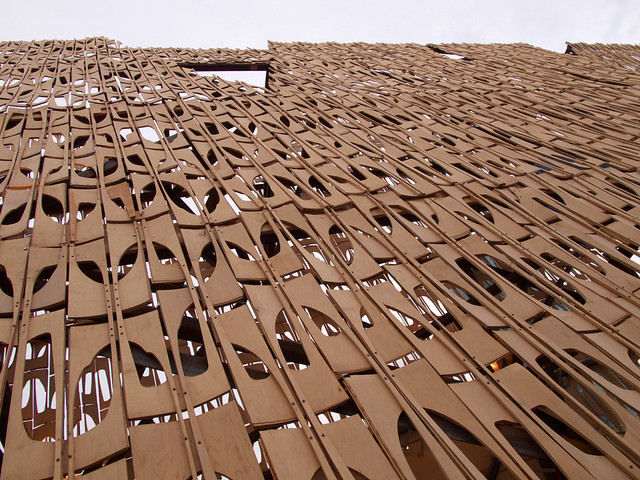
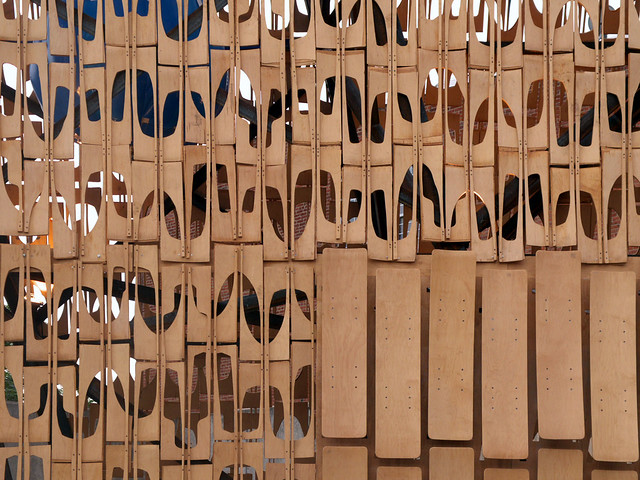







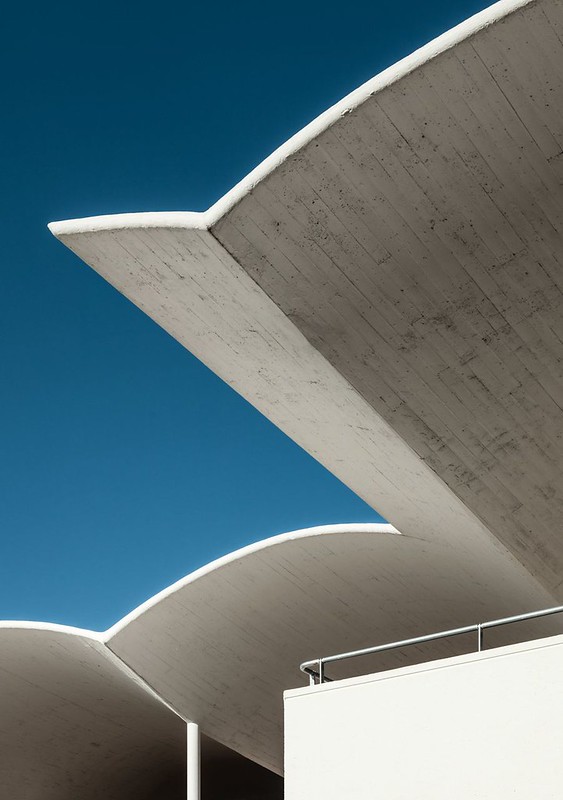
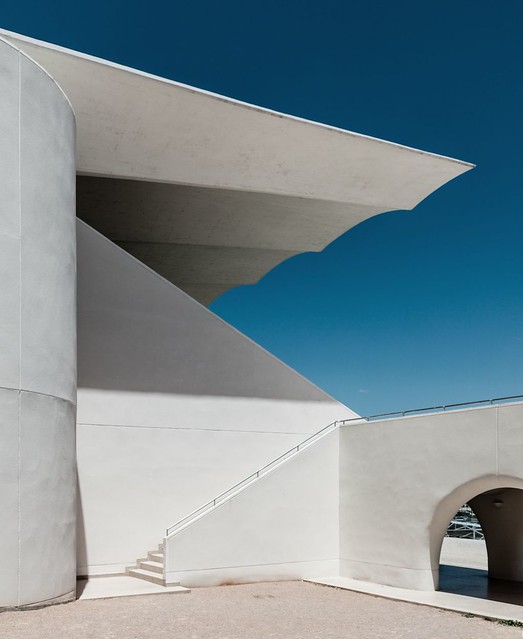

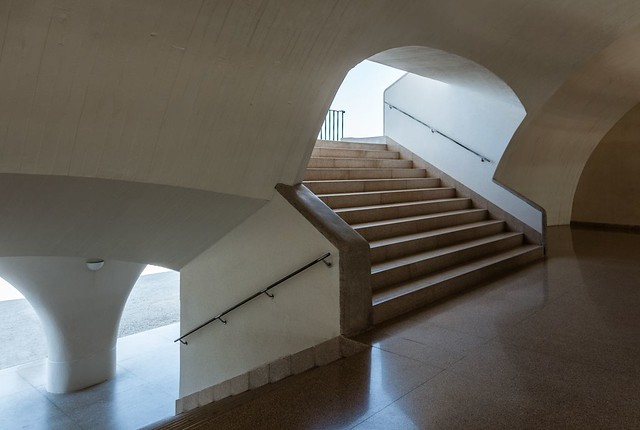
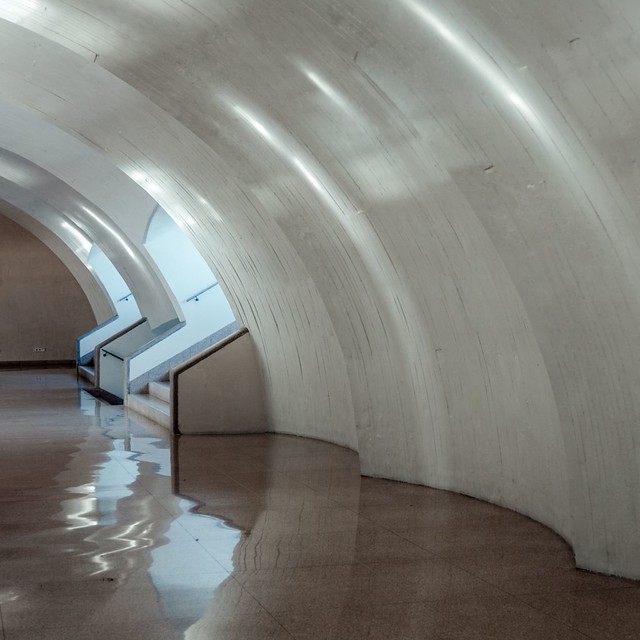
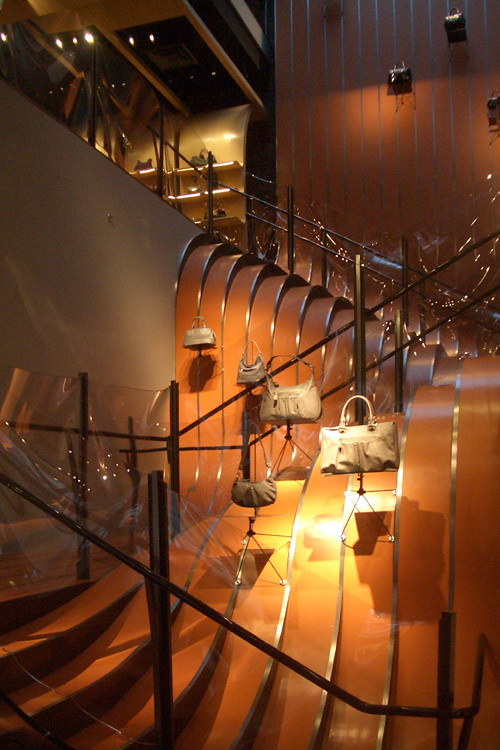
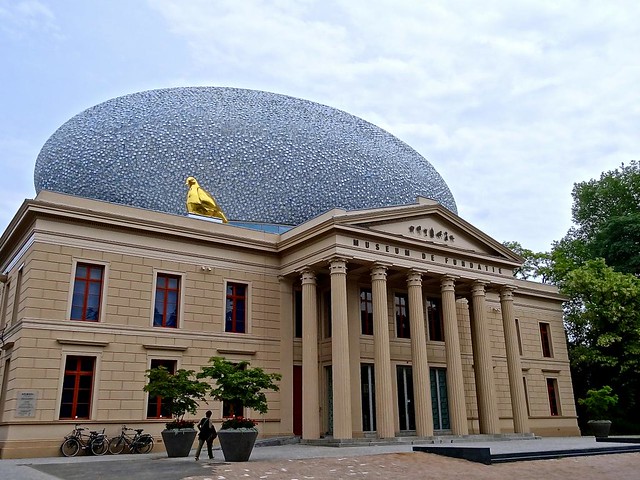
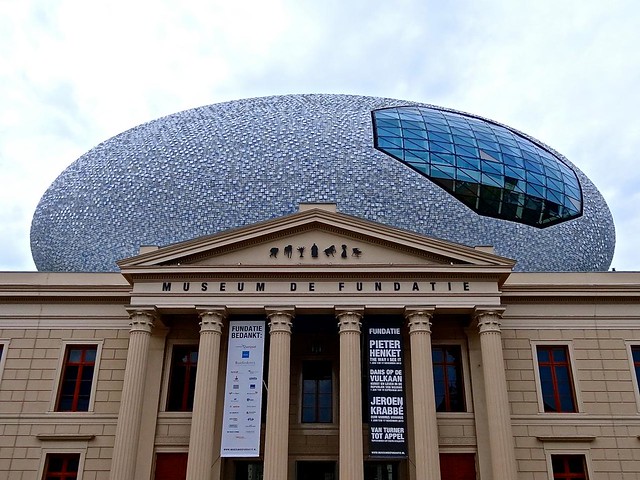

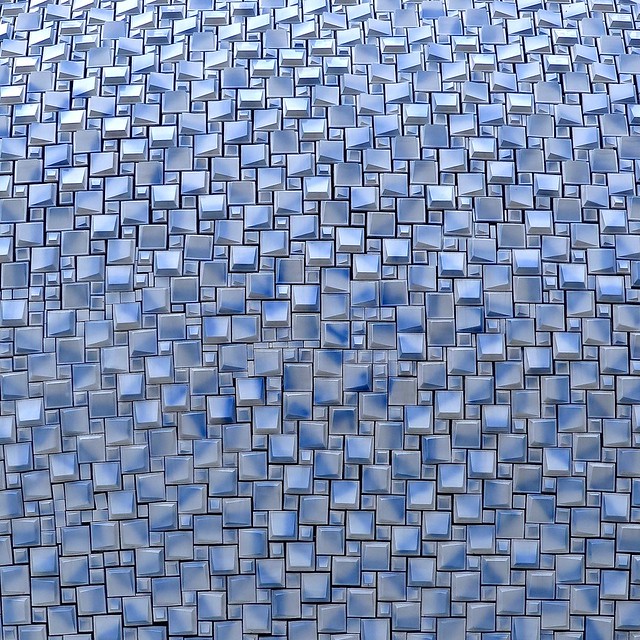
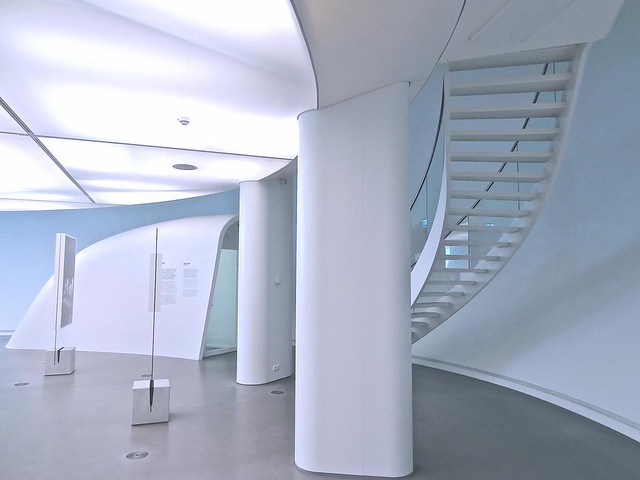
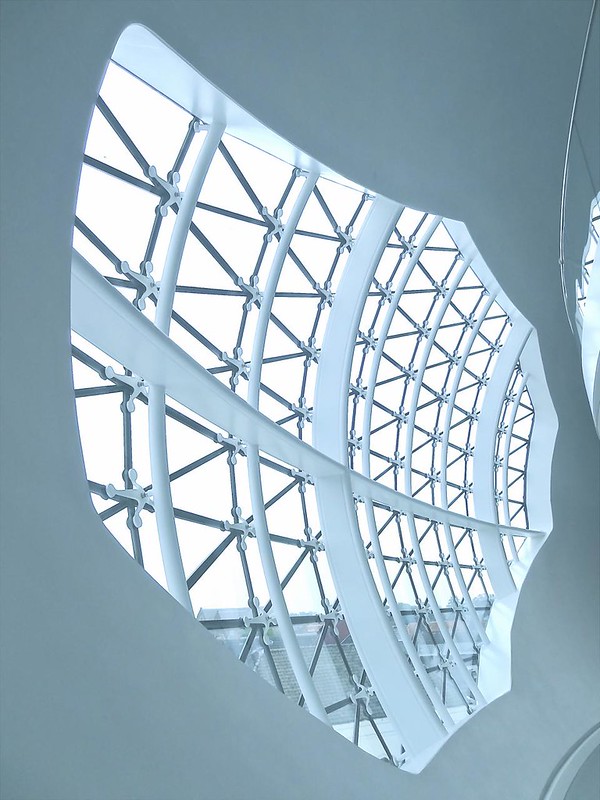

 [Image: The 5,000-ton neutrino detector of the
[Image: The 5,000-ton neutrino detector of the  [Image: The subterranean domestic furnishings of the
[Image: The subterranean domestic furnishings of the  [Image: At the headwaters of the Mississippi River in
[Image: At the headwaters of the Mississippi River in  [Image: Hiking the
[Image: Hiking the  [Image: Butte, Montana's
[Image: Butte, Montana's 
